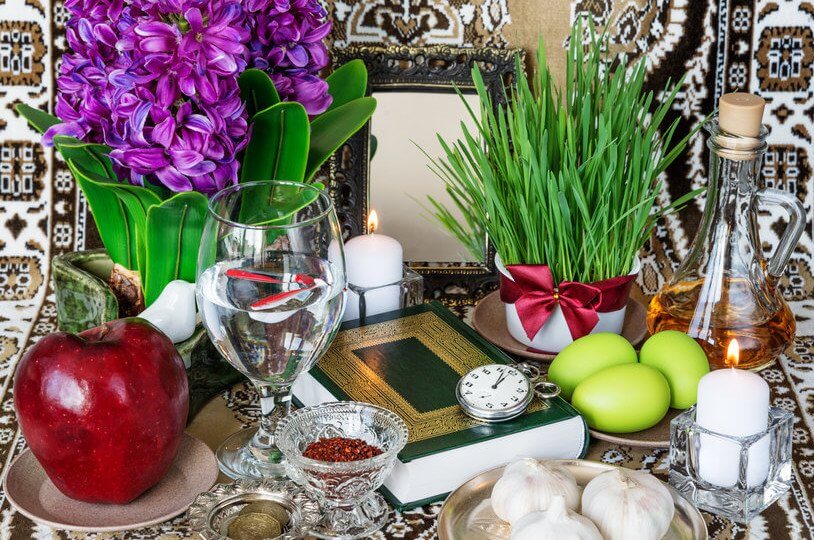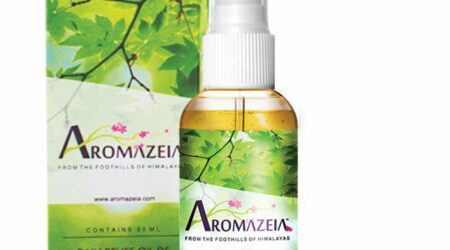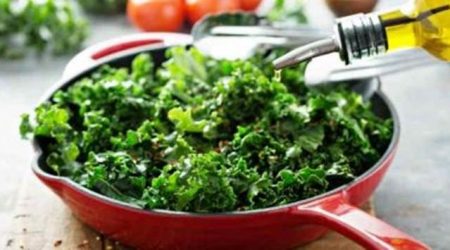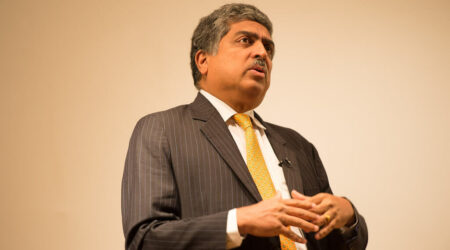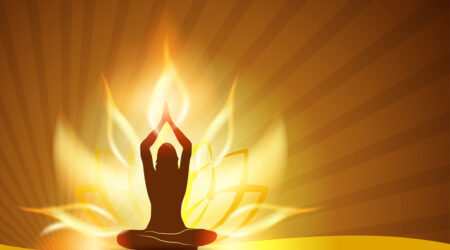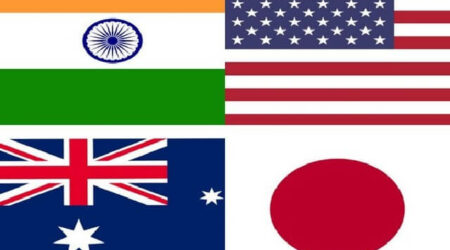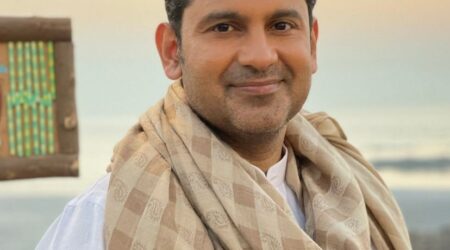By Lillian Lake/sunjournal.com
Persian Nowruz (pronounced nowˈɾuːz), meaning ‘new day,’ is the Persian-language term for the Persian New Year and celebrated for two weeks by multi-ethnic groups worldwide. This year, 2022, the holiday is celebrated on Sunday, March 20, the day of the Spring Equinox in the northern hemisphere.
Traditionally, there is lots of noise with banging on pots, singing and dancing in the streets, mixed with the general sounds of joyful people gathering. During the two years of mandated COVID restrictions, whether at home or hospital people, found unique ways to celebrate. This year, with most COVID restrictions lifted, families will celebrate being together for perhaps the first time in two years.
An abundance and variety of fish, spices, rice, and other foods from the markets is gathered. Over-indulgence is anticipated and expected. Food, central to the Persian culture, represents joy and bountifulness. A favorite and traditional dish is Zereshk polo morgh. It consists of two basic ingredients – rice, and chicken.
Often served with minted yogurt, it’s an exquisitely flavorful dish with a blend of saffron, turmeric, other spices, and barberry (Zereshk). Other versions may add dill, pistachios, green beans, lentils, or tomato sauce. Especially during Nowruz, fish (maahi) is likely to be substituted for chicken.
A Persian Nowruz tradition is the “Haft Seen” table. On this table are arranged seven symbolic items whose names begin with the fifteenth letter of the Persian alphabet – “Seen” (س in Persian), meaning Seven Seas.
Included are:
1. Sabzeh – sprouted wheatgrass, barley, or lentils – symbolizes rebirth and growth.
2. Samanu – a sweet paste made from wheat germ – symbolizes affluence and strength.
3. Senjed – Oleaster – a Russian olive – the symbol of love.
4. Serkeh – vinegar –represents patience
5. Seeb – apple – the symbol of beauty.
6. Seer – garlic – represents health and medicine.
7. Somāq – sumac – symbolizes the sunrise.
Added are other symbolic items like a clock, mirrors, candles, coins, colored eggs. Also included is a goldfish in a bowl, a tradition contested by animal rights activists. Some people have replaced the live goldfish with a ceramic one.
After all, fish symbolizes life and the unconscious of the higher self, and water gives life. A representation of water is needed as all of the items are related to the elements of Fire, Earth, Air, and Water, as well as the life forms of humans, animals, and plants. The arrangement of these items is up to the preparer.
During this non-religious holiday, Nowruz is for family and friends to celebrate beginnings and prosperity. They let go of the past while welcoming all that is new; discarding that which is no longer needed spiritually and materially. Homes are cleaned and decluttered.
In 2010, the United Nations recognized this day as International Nowruz Day. Besides a celebration of the New Year, Nowruz promotes peace and solidarity. That’s something we can use more of wherever we are and whoever we are. (Courtesy: sunjournal.com)


